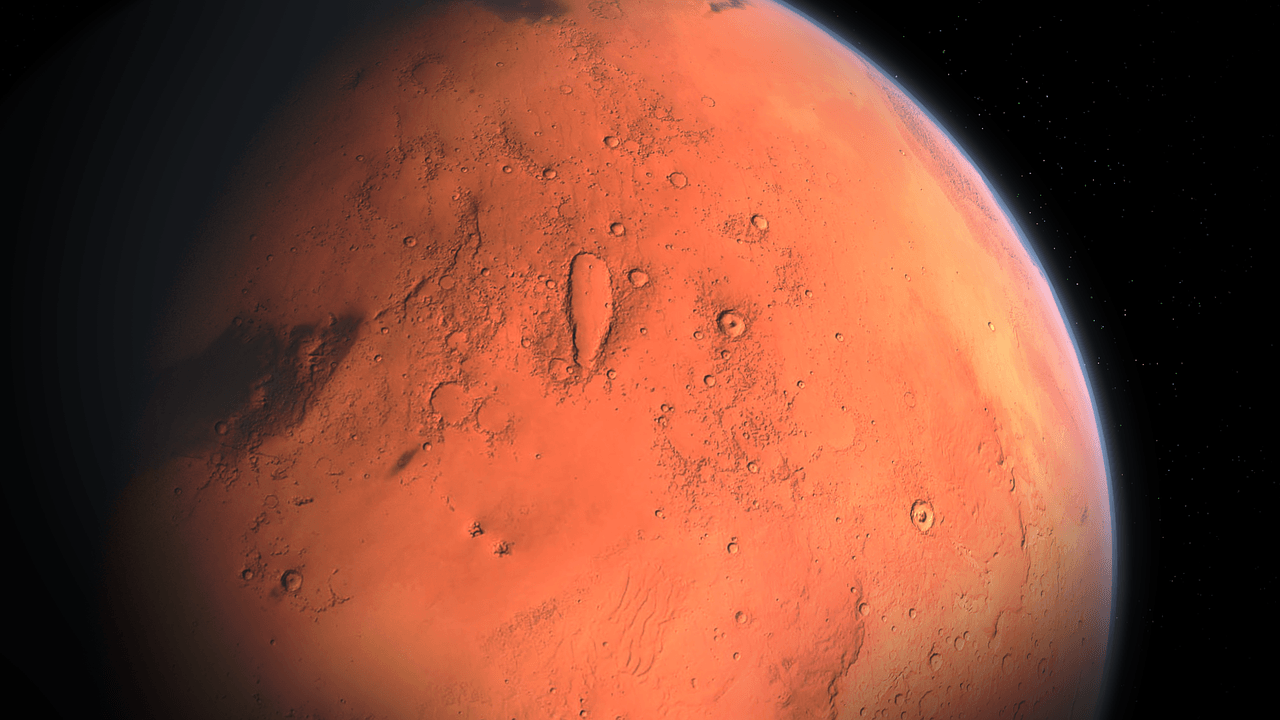NASA is testing a foldable heat shield to find out if it will support a human landing on Mars in the future. NASA’s foldable heat shield looks like an umbrella, but it does much more than an umbrella. Astronauts will use it to reduce the amount of pressure created when a spacecraft enters a planet’s atmosphere at a high speed.
NASA’s foldable heat shield is known as Adaptable Deployable Entry Placement Technology, or ADEPT for short. ADEPT is a foldable device that serves as a rigid heat shield called an aeroshell. It’s a new technology which fits a heat shield to a rocket.
NASA’s website explains that different spacecraft approach planets at speeds of tens of thousands of miles per hour. When spacecraft enter a planet’s atmosphere, those speeds compress gas in the atmosphere, resulting in pressure shocks.
The aeroshell is designed to slow the spacecraft in the atmosphere entry phase and protect it from heat. The first flight of ADEPT was scheduled for Sept. 12 from Spaceport America in New Mexico on the UP Aerospace suborbital SpaceLoft rocket. NASA launched it in a “stowed configuration,” which made it look like a folded umbrella.
“For a deployable like ADEPT, you can do ground-based testing, but ultimately, a flight test demonstrates end-to-end functionality – surviving launch environments, deploying in zero gravity and the vacuum of space, holding that rigid shape and then entering, in our case, Earth’s atmosphere,” said Paul Wercinski, ADEPT project manager at NASA’s Ames Research Center in Silicon Valley, in a statement.
To be effective, NASA’s foldable heat shield uses a flexible 3D woven carbon fabric skin which stretches over the ribs and struts of rockets, becoming rigid when fully flexed. The aeroshell’s carbon fabric skin covers the rocket’s structural surface and is used as the initial component in a rocket’s landing thermal protection system.
“Carbon fabric has been the major recent breakthrough enabling this technology, as it utilizes pure carbon yarns that are woven three-dimensionally to give you a very durable surface,” Wercinski explained. “Carbon is a wonderful material for high temperature applications.”
The next steps for ADEPT are to be used for an Earth entry from a higher position and higher “orbital speeds” of about 17,000 miles per hour. The technology is expected to be used in future landings on Mars, Venus or Titan and in lunar missions.
“At the larger scales, it could be used for something as grand as human Mars explorations, or potentially human cargo landings on Mars,” Smith told Reuters at the Spaceport America launch site, which is located about 50 miles north of Las Cruces, New Mexico.
According to the media outlet, NASA plans to prepare a new rover and robotic lander to test a landing on Mars in 2020. After landing on Mars, the rover will search for early signs of life there and test technology astronauts could use to survive on Mars. The space agency plans to send human astronauts to the Red Planet in 2033.





